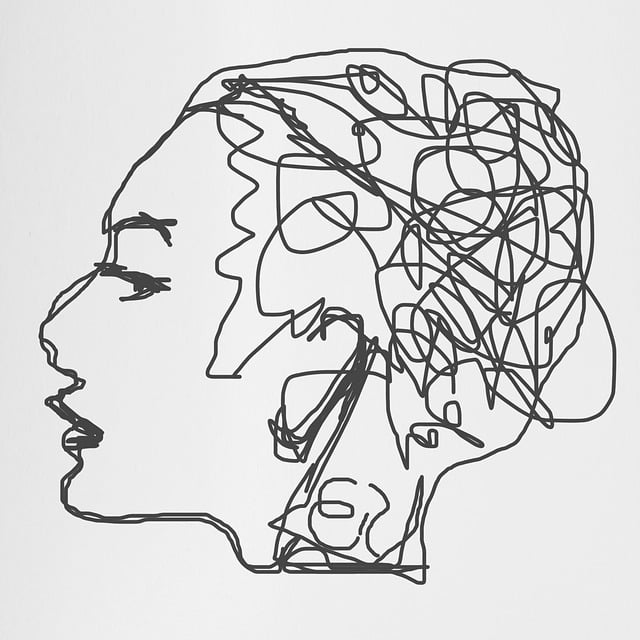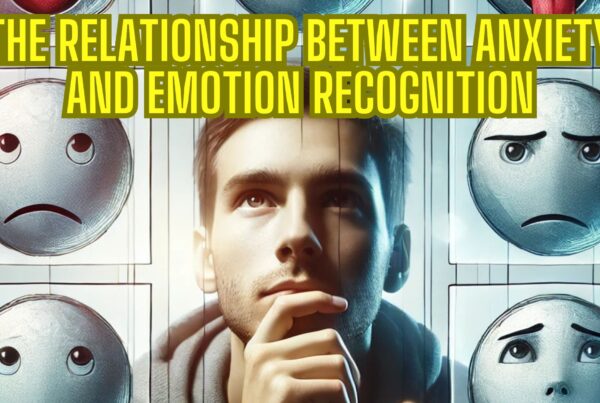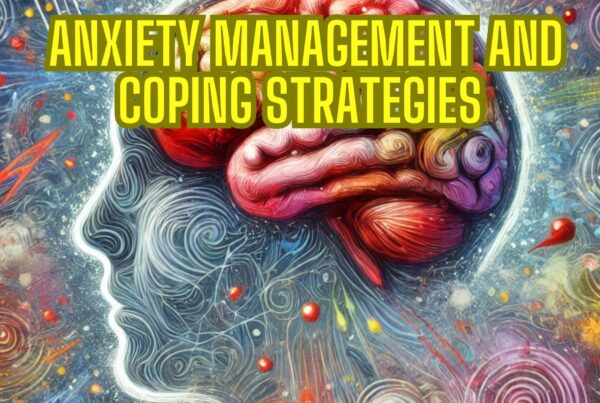How to Use Self-Hypnosis to Reduce Anxiety
In an age where anxiety often shadows our daily lives, finding a path to tranquility is essential. ‘Self-hypnosis to reduce anxiety’ is not just a phrase but a transformative practice that empowers you to regain control over your mental well-being. This guide delves into the heart of self-hypnosis, unraveling its potential as a powerful tool to soothe your mind and alleviate anxiety. By learning to harness the power of your subconscious, you can embark on a journey towards a more peaceful and balanced state of being.
Understanding Anxiety in the Depths of Your Mind
Imagine you’re sailing in a vast ocean of thoughts and emotions. Sometimes, your voyage is tranquil, a serene ebb and flow. Yet, there are times when the waves become tumultuous, where fear and worry whip up a storm in your mind, creating anxiety. This anxiety is not uncommon. In fact, it is experienced by millions of people across the globe (Anxiety and Depression Association of America, 2020).
Research has shown that an effective way to calm these stormy seas is through the use of self-hypnosis (Hammond, 2010). This technique can be thought of as the lighthouse guiding you through the storm, illuminating a path towards calmness and serenity.
The Beacon of Self-Hypnosis
In essence, self-hypnosis is a state of focused relaxation, where one’s attention is drawn inward. A study by Lynn et al. (2000) found that self-hypnosis could indeed alter the way the brain processes information, helping to reduce anxiety levels.
If we consider the mind as an ocean, self-hypnosis is like a beacon of light that penetrates the deepest layers, bringing forth tranquility and peace.
The Voyage towards Self-Hypnosis to Reduce Anxiety
So, how does one embark on the journey of self-hypnosis for anxiety reduction? It might be imagined as setting sail on a gentle sea under a sky lit with stars, each representing a step towards your destination.
The first star in your journey, according to Alladin and Alibhai (2007), is finding a quiet, comfortable place where one can sit or lie down undisturbed. There is no need for fancy equipment or specific clothes. The important thing is to feel comfortable and at ease.
The second star on your map is the use of progressive muscle relaxation. It’s like untying knots in the sails of your boat, releasing tension in your muscles, starting from your toes and working up to your head. During this process, it’s essential to take slow, deep breaths.
The third guiding star is to use visualization. The process involves picturing a calming and safe place in your mind. It’s like imagining a peaceful island in the distance, a destination that promises tranquility and relaxation.
Finally, the last shining star is positive suggestion. Here, positive phrases or affirmations are repeated in the mind. It’s like a mantra, a chant that resonates through the water, instilling a sense of calm and safety.
Navigating the Seas of the Mind with Mindfulness
Now, you might wonder, how can mindfulness be integrated into this process? Mindfulness, as defined by Kabat-Zinn (1994), is a form of meditation where one focuses on the present moment in a non-judgmental way.
In the context of our sea voyage metaphor, mindfulness is akin to being fully present at the helm of your ship, feeling the wind on your face, and seeing the waves as they are, not as they could be or have been.
When practicing self-hypnosis, incorporating mindfulness can add another layer of effectiveness to the process. Research by Zeidan et al. (2010) suggests that mindfulness meditation can significantly reduce anxiety. By staying present and accepting, rather than fighting, the waves of thoughts and emotions, one can navigate through the sea of the mind with more ease and less anxiety.
Using Assistance For Self-Hypnosis
Some people might like to explore a process for self hypnosis while others may prefer to use pre-recorded content to help guide them through the experience. There are several options, and the choice is yours.
The Journey Continues
Like any voyage, the journey of self-hypnosis and mindfulness may take some time and patience. It is not a quick fix, but a long-term strategy. Studies show that with regular practice, self-hypnosis and mindfulness can have long-lasting effects on reducing anxiety (Gruzelier, 2002).
While the storm of anxiety may continue to blow, the use of self-hypnosis and mindfulness can illuminate a path through the tempest. It is hoped that this knowledge serves as a lighthouse, guiding you on your journey to a calmer mind.
So, set sail, dear reader, towards a future where the ocean of your mind is a peaceful expanse, guided by the lighthouse of self-hypnosis and mindfulness.
Release Hypnosis Melbourne Hypnotherapy
Since 2015, Lawrence Akers has been working under the name Release Hypnosis offering Hypnotherapy and ACT based work to the people of Melbourne or an online service. Based on St Kilda Rd, Release Hypnosis is an easy and convenient location to get to and accessible by the ANZAC station train and tram stop. Release Hypnosis can help with a wide range of presenting issues, and I offer a free 30 minute no obligation discovery call for those who are unsure if hypnotherapy is the right way forward for them.
Book Your FREE 30 Minute Consultation With Release Hypnosis NOW!
References for ‘Self-Hypnosis to Reduce Anxiety’:
- Alladin, A., & Alibhai, A. (2007). Cognitive hypnotherapy for depression: An empirical investigation. International Journal of Clinical and Experimental Hypnosis.
- Anxiety and Depression Association of America. (2020). Facts & Statistics. https://adaa.org/about-adaa/press-room/facts-statistics.
- Gruzelier, J. (2002). A review of the impact of hypnosis, relaxation, guided imagery and individual differences on aspects of immunity and health. Stress, 5(2), 147-163.
- Hammond, D. C. (2010). Hypnosis in the treatment of anxiety-and stress-related disorders. Expert Review of Neurotherapeutics, 10(2), 263-273.
- Kabat-Zinn, J. (1994). Wherever You Go, There You Are: Mindfulness Meditation in Everyday Life. Hyperion.
- Lynn, S. J., Rhue, J. W., & Kirsch, I. (2000). Handbook of Clinical Hypnosis. American Psychological Association.
- Zeidan, F., Johnson, S. K., Diamond, B. J., David, Z., & Goolkasian, P. (2010). Mindfulness meditation improves cognition: Evidence of brief mental training. Consciousness and cognition, 19(2), 597-605.
You may also like to read:
Discovering Purpose and Values: A Path to Mental Well-being
Can’t Visualise in Hypnosis? Here’s What You Can Do Instead.
Dealing with Financial Stress and Crisis: Finding Peace Amid Turbulence
What Is The Success Rate of Hypnosis?
Release Hypnosis Melbourne Hypnotherapy is accessible for people in: Abbotsford, Armadale, Albert Park, Balwyn, Bentleigh, Black Rock, Box Hill, Brighton, Brunswick, Bulleen, Bundoora, Camberwell, Canterbury, Carnegie, Caulfield, Chadstone, Cheltenham, Clayton, Coburg, Collingwood, Deer Park, Doncaster, Elsternwick, Eltham, Elwood, Epping, Essendon, Fairfield, Fitzroy, Footscray, Glen Iris, Glen Waverley, Glenhuntly, Greensborough, Hampton, Hawthorn, Heidelberg, Highet, Ivanhoe, Kew, Kooyong, Lalor, Laverton, Lower, Plenty, Macleod, Malvern, Middle Park, Moonee Ponds, Melbourne, Moorabbin, Mount Waverley, Murrumbeena, Northcote, Oakleigh, Ormond, Parkville, Pascoe Vale, Port Melbourne, Prahran, Preston, Richmond, Rosana, Sandringham, South Yarra, South Melbourne, Spotswood, St Albans, St Kilda, Surrey Hills, Templestowe, Thornbury, Toorak, Tullamarine, Williamstown, Yarraville, North Melbourne, Windsor, East Melbourne, Melbourne, Melbourne CBD, Melbourne 3004








